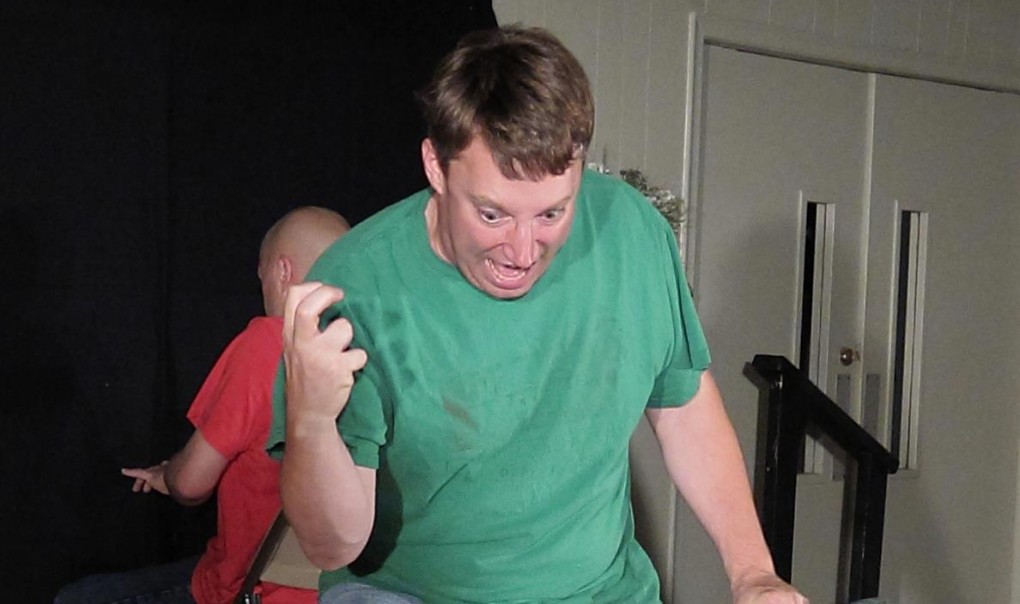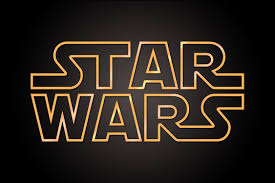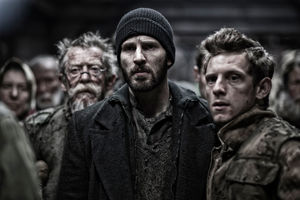Today, I’m putting out the first of what I hope to be a series of posts called FIXED IT. I’ll be going through movies I think could’ve hit the mark, but didn’t quite get there. These won’t be terrible movies, at least in their concept, but ones that somehow lost their way.
When it comes to “fixing” movies, I tend to focus on blockbusters (or movies that wanted to be). It’s more fun to tinker with something that came off an assembly line than with a smaller, more personal piece of work. We’ll start with The Dark Knight Rises, directed by Christopher Nolan, with a screenplay by Christopher and Jonathan Nolan, from a story by Christopher Nolan and David S. Goyer. It, of course, features Batman, created by Bob Kane and Bill Finger.
I should also mention this is meant for someone with good knowledge of the film. This post is long enough without a recap.
The Diagnosis
There’s a lot of hate out there for this movie, but I enjoy it, warts and all. It’s just those warts bother me a whole lot less than other people. Also, I hear a lot of complaining about the movie’s plot holes, but I don’t so much care about them. Why don’t I care? Because of a rule I call BHFB or “Because He’s F***ing Batman.”
How did Bruce Wayne get from the prison to Gotham with no resources at his disposal? BHFB
How did he get into the city? BHFB
How is he walking on ice other people fell through? BHFB
How did he make a gasoline trail from said ice, up the bridge, and into some sort of pyrotechnic bat-symbol? BHFB
Here’s the deal, though: BHFB only works when you’re emotionally invested in the story. That’s the main difference between The Dark Knight Rises and The Dark Knight. Some of the Joker’s plans make no logistical sense, but that doesn’t bug us so much because it’s a more enjoyable movie.
The problem isn’t the plot holes. The problem is that the first hour or so is too dull, muddles the film’s themes, and takes us out of the story. If you fix some fundamental problems with that section, the rest of the movie works much better.
So what are those problems? Actually, there’s one really big one. If they’d avoided that mistake they could’ve a) made things more entertaining and b) given the movie room to fine tune its other issues.
Batman should NOT have quit.
Let’s go back to the end of The Dark Knight. Harvey Dent has become Two Face and murdered several people. Batman tells Gordon to say he did it, so Dent could remain a symbol of hope for the city. Harvey was really an empty suit, who couldn’t handle the personal cost of saving Gotham. Batman has lost the same thing Dent has, but will keep going and let himself be hated for the sake of the city.
And then he goes home and gives up.
So we’ve started TDKR by mooting the finale of the last movie. From there, we get to hang out with mopey Bruce as he putters around before getting back into the game. Thank god for Catwoman livening things up, but she can only do so much. The main character is disengaged from the movie and we disengage with him. Plus, these scenes use valuable screen time that could’ve been used to shore up the movie’s themes.
Nolan’s films put a huge emphasis on world-building and theme, sometimes to the detriment of the movie itself (see Inception). Batman Begins was about overcoming fear to do what’s right. The Dark Knight was about finding the path between what’s right and what’s necessary, or how you fight something awful without becoming awful yourself, which resonated well in an America dealing with the War on Terror. It’s also about, as stated before, the personal cost of doing what’s right. The Dark Knight Rises is about not letting your responsibilities go. Or is it about how awful Occupy Wall Street was? Or is it about how our aristocrats need to watch their backs?
I’ve read a lot of interviews with Nolan and it seems what he was trying to say if you’re not taking care of the real needs of a society, it can fragment into a class struggle, which someone else can take advantage of to tear everything down. The elites were awful, so the lower class of society was awful right back, and the result was almost the annihilation of them both. A secondary theme is how you can’t save things based on lies. That’s an awesome statement for a tent-pole superhero movie, but they botched the execution.
There are several brief references to the city not prospering as advertised, but we don’t actually see any of it, outside of the orphanage’s plight and Selina Kyle’s commentary (not exactly a trustworthy source). We also see city officials and guys at the stock exchange acting like dicks, but that’s nothing compared to what Bane and “the people” do later on. This is why TDKR is often interpreted as favorable toward the elite over the rabble.
Also, there’s the whole fact that we want to see Batman in a Batman movie. Batman Begins was an origin story, so it gets some latitude. It’s fascinating to watch Bruce become Batman, but frustrating to watch him twiddle his thumbs after that’s happened.
So, how would I fix all this?
The Fix
The movie’s first couple scenes unfold as is, because only an idiot would cut out Bane crashing the plane.
We move from here to nighttime Gotham, where Batman is interceding in a crime, only to find it’s a police trap he has to fight his way out of. As this scene ends, we go to a TV interview of Mike Engel (Anthony Michael Hall) who catches us up on what’s happened. He’s become a full-on Batman supporter, though he’s treated as a conspiracy nut. You see, he believes Harvey Dent killed the people Batman’s accused of taking out. As the host drones on about Harvey being a hero and how turned around Gotham is, Engel corrects him that while organized crime is out of power, neighborhoods are suffering from neglect, schools are underfunded, and street-level crime is up.
We shift to the party at Wayne Manor, where Bruce is absent, not because he’s holed up like Howard Hughes, but because he’s out as Batman. One thing that’s the same is that Bruce Wayne is being viewed as a recluse, but it’s because Batman has swallowed his life.
In the interaction between Commissioner Gordon and officials, he complains about losing police and resources to budget cuts. He’s blown off, much like he is in the existing movie. The rest of this scene precedes as is.
Bruce comes home in rough shape to find Selina Kyle stealing the pearl necklace (and his fingerprints), and isn’t able to stop her escape. She takes off with the Senator, just like in the real movie.
We cut to John Blake leaving his apartment to start his day. He leaves a small bag of groceries in front of one of the apartment doors. After he’s passed, a woman holding a baby opens the door and picks it up. We also see other signs of neglect in his building. John is the movie’s guide to what’s happening to everyone else in Gotham.
We follow him to his meeting with Gordon, with Blake expressing doubt over the Dent story. Gordon lets slip his frustration that he finally has an uncorrupt force, but it’s being compromised by the city’s big wigs.
At the cave, Bruce is investigating Selina, looking far more buff than in the existing film. The discussion in this version, though, is about Alfred’s concern that Bruce has lost himself in Batman, neglecting his personal life and the good he could be doing as Bruce Wayne.
We keep the scene of Blake tracking the dead teenager back to the orphanage, where we find out that they’ve lost funding from both the city and the Wayne Foundation. Through his conversation with the kid, we find out that to people on the street, Batman is still a hero.
Selina’s showdown in the bar happens just like in the movie, except that Batman swoops in along with the police. The police ignore everything else to go after Batman, allowing the bad guys to escape down the sewer. Gordon follows them and the scene proceeds as is.
You know, I don’t know if I buy how John Blake figured out Batman’s identity, but I’m willing to roll with it. It doesn’t hurt the movie and I like the “start paying attention to the details” line.
I think we can keep the next several scenes as is, though the hospital visit to Gordon would have to be about how Batman has to keep going, as opposed to how he must come back.
The ball scene stays the same, except now Selina’s threat has more bite. I love that she steals his car. Catwoman really gives this movie the dose of fun it needs. So does Lucius Fox, so we can keep their scene pretty intact, without the mention of retiring.
Alfred and Bruce have their cave meeting, without the robo-brace thing. Again, Alfred’s speech about how the city needs Bruce more than Batman should have more punch. We’ve seen that the city is suffering from things Bruce Wayne can help with more than Batman, but then we have Bane.
The stock exchange sequence stays the same, with the exception of the cops not being amazed at Batman’s return. It will be a more intense repeat of what we’ve seen earlier, though Batman is able to control the situation better than before. The same goes for the rooftop battle and escape with Catwoman.
This leads to Alfred’s goodbye, which hinges on the lie about Rachel, so it can stay pretty much intact, with little dialogue tweaks.
From this point forward, the movie stays the same, with a tweak here and there. One of those would be some shots of regular Gothamites (including the mother and baby from Blake’s building) cowering as Bane’s army takes the streets. This would make it clear that Gotham’s been taken over by scum and mercenaries, not “the people.” The movie can’t make its case if we never see them.
As I said, this doesn’t clean up the little holes. Hopefully, the changes I detailed would create an audience that would be more forgiving of them. This version of the movie would convey its themes better, but also be more entertaining from start to finish.
In Conclusion
TDK and TDKR are both movies that place theme and character over plot. No matter how “realistic” Nolan tried to make them seem, they’re still superhero movies. Superhero stories rise and fall on their theme, and how well all the other elements serve it. When that happens, things like the police coming out from three months underground freshly shaved don’t bother viewers as much.
I have to mention that I love the very end of the movie. Even with the movie as it stands, Bruce Wayne’s last act before “dying” is to pass the last of his estate to the poorest of Gotham’s people and his Batman resources go to a regular cop. It’s proof the movie’s heart isn’t with the aristocrats, despite what many people think. Batman hasn’t just saved the city from Bane, he’s left its future in better hands. That’s what he does, BHFB.




